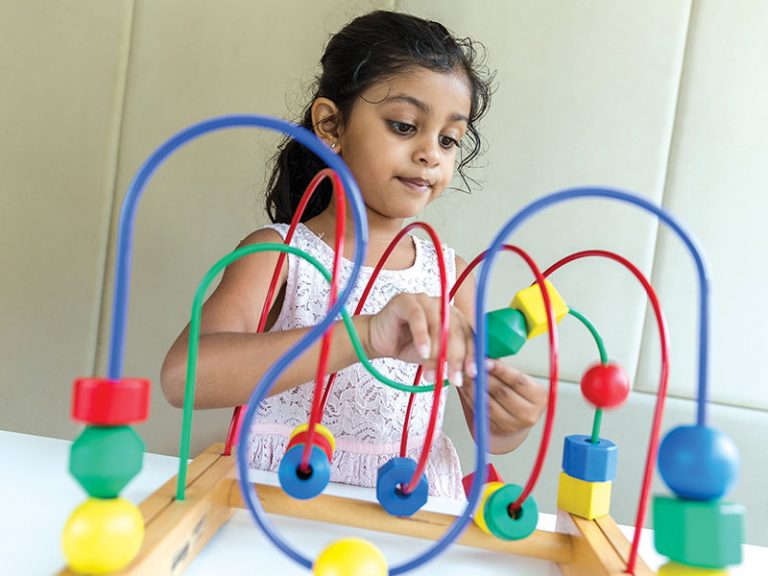No products in the cart.
Maximise children’s learning with multiple styles
It’s important for parents to understand their children’s learning styles and intelligences to enable them to realise their academic potential
– Dr. P. John Ben is an assistant professor at Symbiosis Institute of Business Management, Bengaluru

The Covid-19 pandemic induced switch to online classes from preschool to university has thrown up many challenges for parents. The most common complaint of parents is that children are learning less, and not as effectively as in physical classrooms. Moreover with online schooling transforming homes into the epicentres of learning, parental involvement in children’s education has increased substantially with most parents taking it upon themselves to enable and reinforce children’s learning and comprehension. Therefore it’s important for parents to study their children’s learning styles and intelligences to enable them to realise their academic potential.
In his seminal theory of multiple intelligences, Dr. Howard Gardner, professor of education at the Harvard Graduate School of Education, propounds that all children are invested with visual-spatial, verbal-linguistic, musical-rhythmic, logical-mathematical, interpersonal, intrapersonal, naturalistic and bodily-kinesthetic intelligences. For instance, some children are visual learners i.e, they learn well when they associate words with images. Others are auditory learners — they visualise what they hear well. Yet others are hands-on learners who need to touch and feel and experience to learn. Most humans use a combination of these intelligences. Here are a few ways in which you could encourage your children to maximise learning and retention.
Visual imagery
Most children learn by associating written words with visual images generated in their minds. For instance, a student learns about the 29 states of India by visualising a map of the country in her mind, while a physics student would learn the concept of projectile motion by visualising the curve and the axes orientation of an object.
Learn by practice
Learning by doing is a great way to boost children’s understanding of complex science and mathematics concepts and theory. Undoubtedly, regular practicing math sums in a notebook, devising charts and models, and conducting science experiments is more beneficial that rote learning. The additional advantage of practice is that it keeps children fully engaged, compared with reading, where one part of the brain is reading while the other is day-dreaming!
Learn by reductionism
The use of abbreviations and acronyms is reductionism. It works because of innate need of human beings to simplify things. For example, acronyms such as VIBGYOR help to remember the colours of the rainbow. Encourage children to ideate similar acronyms and abbreviations. It aids fast recall. Many textbooks also use this method to explain difficult concepts.
Repetitive reading and absorption
This is not rote learning. It involves children reading meaningfully repetitively. The first reading usually introduces the subject, the second helps to understand its concepts and the third and further reading aids memorisation of key concepts.
Also read: The seven types of learning styles















Add comment